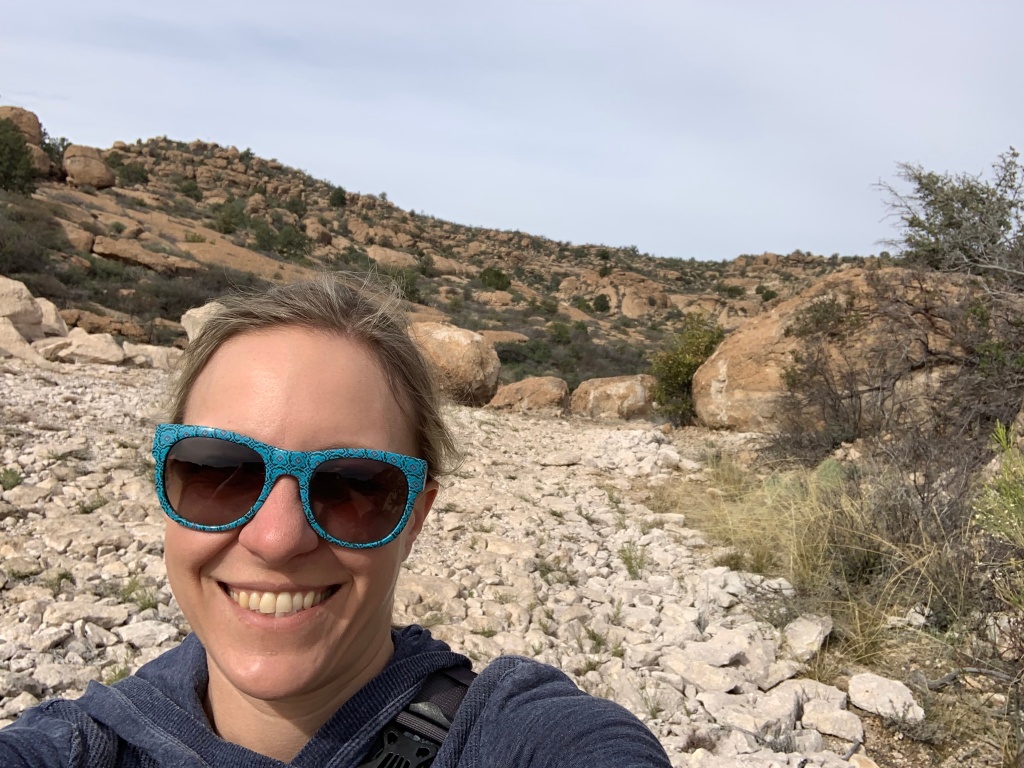Today I want to take a slice of Pete Moore’s Pain Toolkit and share it with you. Who is Pete Moore? He’s a chronic pain warrior who came up with this incredible Pain Toolkit to help others struggling with chronic pain. Here’s the website: https://www.paintoolkit.org/ . The truth is, we can learn to self-manage our chronic pain. Like Pete, I have also learned to do so to a point where, yes I have pain, but no it does not affect my day-to-day life (that’s not to say I don’t have bad days, heck I had bad pain the other night and had difficulty sleeping). One thing we want to do when we have chronic pain is cultivate resilience. Now, I’ve written about resilience before in the past, so I’m not going to go into detail here. For those who aren’t familiar with what resilience entails, here are a few things: optimism, self-belief, willingness, self-control, being able to adapt, psychological flexibility, problem-solving, emotional awareness, social support, and humour, to name a few. So, here are 5 ways we can learn to do this.

- Goal Setting and Action Planning – I often set goals for myself, even on days that I’m not feeling great. In our third atmospheric river (basically several days of torrential downpour) since November in BC, Canada, I’m again feeling it in my body. But I know my body also needs to move. So I set a goal for how far I will walk in the rain (which is less than my goal would normally be but appropriate for the weather, my body at this moment, etc.). So, set your goals, and prepare for barriers to them. Here’s a podcast episode I recently did on that.
- Engaging in Activities of Daily Living – Getting out of bed, having a shower, eating breakfast, etc. All the regular stuff we do in our lives. It can be really hard to want to do them when you have an illness or pain, but doing them can also improve our overall well-being. Check out this episode of the podcast for more.
- Problem Solving – Problem solving can include a lot of different things. Pacing is important and I’ve done a post on that (December 1), prioritizing and planning your days, and really importantly, having a setback plan. What are you going to do when things don’t go the way you planned (in your goal setting and action planning stage). When I was recovering from hip surgery last year, I had to problem solve how to do all of my daily activities because I couldn’t put any weight on my left foot (for 6 weeks!) and I live alone. I still had to figure out how to cook, shower, dress, and even get to some appointments.
- Be Active – this will mean a lot of different things to a lot of different people, but it really means to move your body. It could be walking, exercise/going to the gym, stretching, yoga. Exercise itself is an evidence-based treatment for chronic pain (here’s the podcast episode). It can be light movement, as long as it’s movement. I can’t go a day without moving my body. Even when I notice I’m having the thought that I don’t want to move or I’m in too much pain, I inevitably actually feel better if I go for a walk or do some restorative yoga.
- Be patient with yourself – offer yourself some compassion. Change is slow. Like it’s an average of 10 weeks for someone to start noticing differences (in their minds or bodies) when they start to make any changes. If you find you’re having difficulty being patient with yourself, try this mindfulness exercise. I’m definitely guilty of wanting change to occur quickly for myself. But interestingly, when I offer myself patience and compassion instead of criticism, change seems to actually occur more quickly than when I’m only hard on myself.

I hope this helps you with some pain management. I know it’s things that have helped me and many others. So, just keep making the most of it!





















